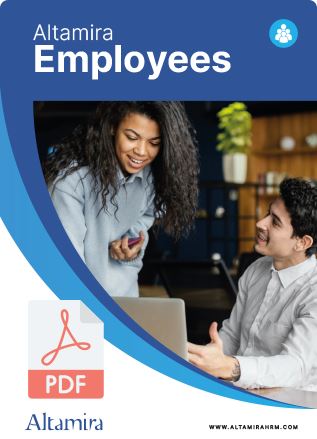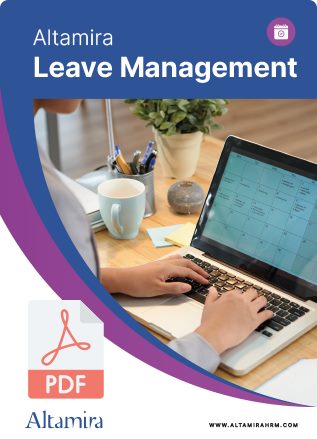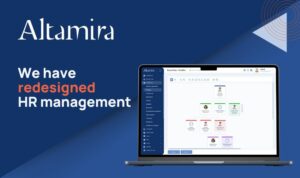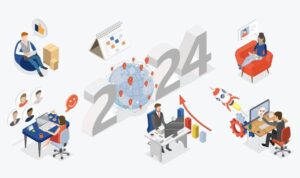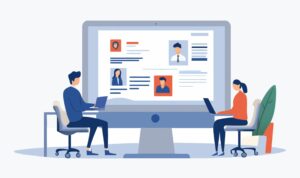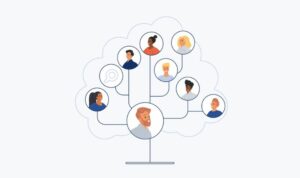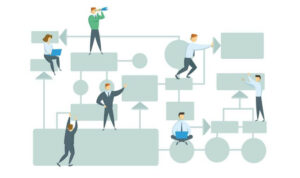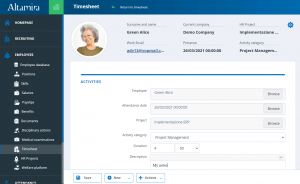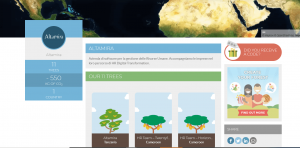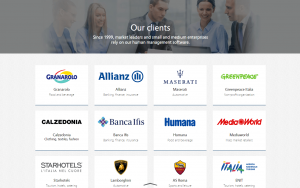Onboarding is the set of procedures and initiatives set up by a company to guide the process of integration for a new employee.
This procedure has a decisive influence on the future of the new employee. The first few weeks are precisely the time during which they are most likely to question whether they made the right decision. A bad experience at this stage can undermine not only their relationship with the company, but also their commitment and level of engagement.
Thus, onboarding is a highly sensitive stage—but not only. It is also an exciting time, when the newcomer discovers if their expectations match up with reality and whether they will be able to achieve their full potential in the new context.
Such an essential process cannot, and must not, be left to chance, but should be planned carefully, in both small and large companies.
Large companies with a well-developed corporate structure, which take in hundreds of new people each year, need an onboarding process that is optimized and efficient, well-oiled in every aspect, and which doesn’t require too much effort on the part of the HR department.
Small companies should not rely on an improvised approach either. In addition, when there are only a few employees, each one is crucial for the company’s future, and no effort should be spared to win their loyalty.
An efficient onboarding plan should include (at least) the following elements.
1. A welcome e-mail
A few days before the new employee’s contract starts, it is a good idea to send them an email with the following:
- The first day’s agenda: a checklist with all the activities planned for the new employee during their first day at the office.
- Practical information on how to find the new workplace, such as parking information, persons of contact, etc.
- Corporate policies, for example on vacations, the lunch break, the use of work equipment, or maintaining a clean and orderly workplace.
- Their training plan.
2. A short tour of the premises
If the company’s headquarters is a labyrinth of offices, meeting rooms and various types of working spaces, it is always better to lead the employee on a short tour right after they first arrive. Take advantage of this opportunity to introduce them to the members of the team with whom they will most often interact, and make sure, at the very least, that they are able to find the bathroom and the water cooler without getting lost.
3. The badge
If the company has a physical attendance monitoring system, have the new employee’s badge ready. Whether this takes the form of a card, a key fob or a digital procedure, be sure that they can start clocking in and out right away.
4. The access credentials
Schedule a meeting with an IT manager who will guide the employee regarding the use of their computer and the software needed for their work. In particular, make sure that they immediately receive the credentials required for accessing their computer’s operating system, the corporate e-mail, the company’s HR software and any software specifically required for their role.
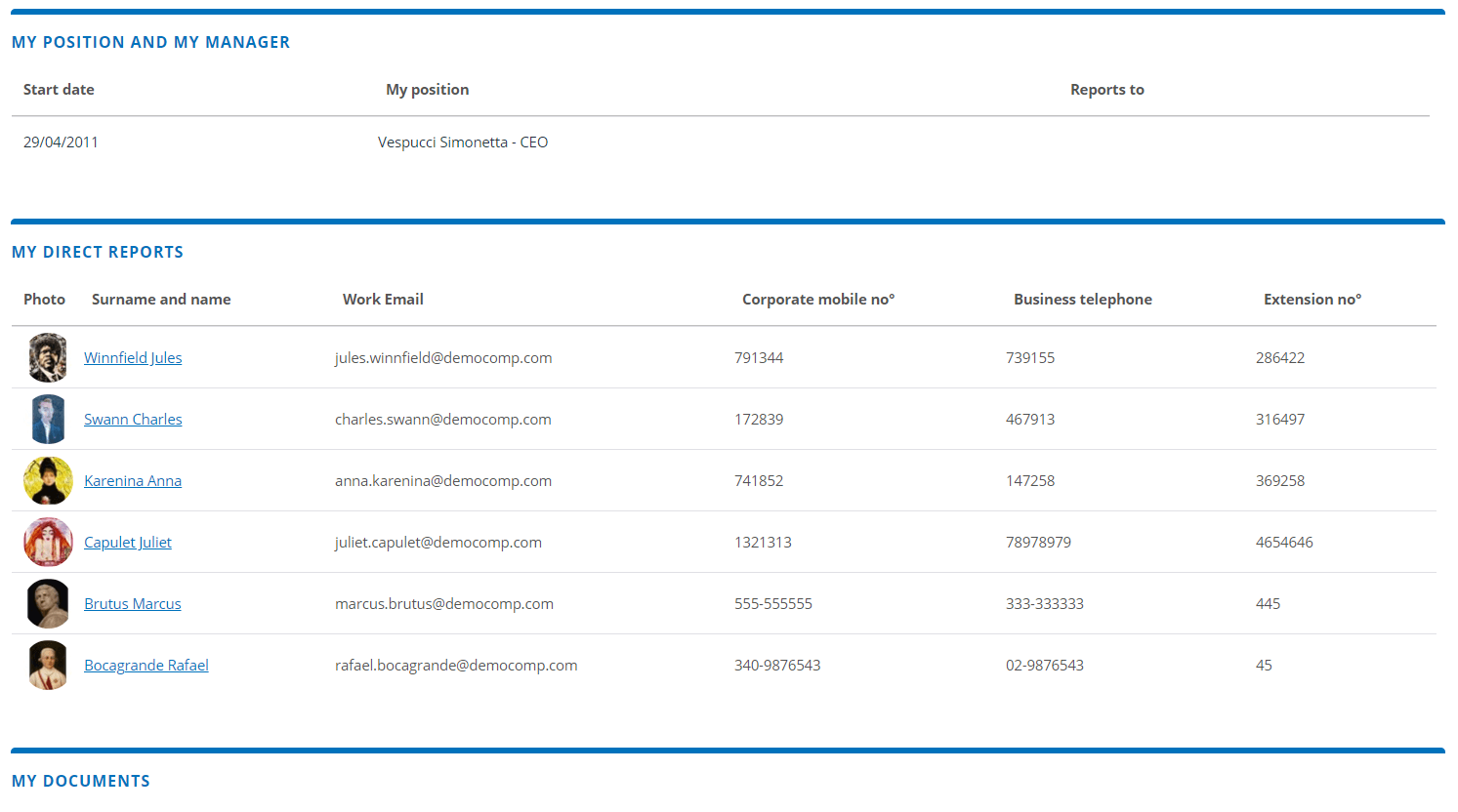
5. Bureaucratic formalities
In 99% of cases, there will still be some papers to sign and paperwork to fill out on the first day. Allocate a reasonable period of time for the new employee to be able to review the material, and give them a contact person for any technical questions, such as an employment counselor.
6. Informational material
It can be a good idea to give the new employee immediate access to corporate memos and brochures, internal regulations, and software usage manuals. Whenever possible, try to provide them in electronic format. This is not only good for the environment: a desk already overflowing with papers can be a dispiriting sight.
7. A mentor
The figure of the mentor or coach is crucial for the success of the onboarding process. A good mentor must not only be competent and able to answer all of the new employee’s technical questions, but must also possess good communication and interpersonal skills.
8. The training plan
Based on their role, their seniority and the company’s policies, a newcomer might need a more or less in-depth training plan to be able to assume their duties to the fullest. To keep this task from becoming too burdensome for their colleagues, it is always best to try to involve as many people as possible in the training process.
At Altamira, whenever we hire a new account manager, we usually organize a schedule of classes with all the members of the team, from sales to customer support and from software development to marketing. In this way, the new colleague has the opportunity to study our software and the company’s business from every angle, while taking all the time necessary to assimilate often-complex notions in the best way, and to start getting to know the whole team better.
Knowing what goes on upstream and downstream of their work serves to make them better understand our corporate philosophy, increase their engagement and allow them to interact with our clients and prospective customers with a broad vision and the highest degree of expertise on the subject.
9. Setting their goals
One of the most discouraging things for new employees is not knowing exactly what is expected of them. Accordingly, one of the first activities on the schedule should be a meeting where you agree on and set their goals for the year, or for the next six months. You can find a guide for this here.

10. Informal get-togethers
For their first day, it is almost indispensable to set up a casual lunch with the team, as well as other opportunities for socializing (for example, a coffee break, a welcome drink, etc.). While this might sound forced, it is actually the best way to begin to build strong relationships.
Onboarding: how HRM software helps
It is undeniable that the onboarding process is one of the many things that become much easier and simpler for companies that are using a software suite for the recruitment and management of employees.
For instance, the new employee’s personal information file will already be present in the job candidate database, so you just need to convert it to an employee file without any further data entry.
A unique set of credentials issued to the new colleague will allow them to take part in most of the company’s processes right away: everything from clocking in and out to uploading and downloading documents, from being able to see their pay slip to requesting time off, and from accessing their evaluations to enrolling in corporate training courses.
Copyright: ©Graf Vishenka/Fotolia.


